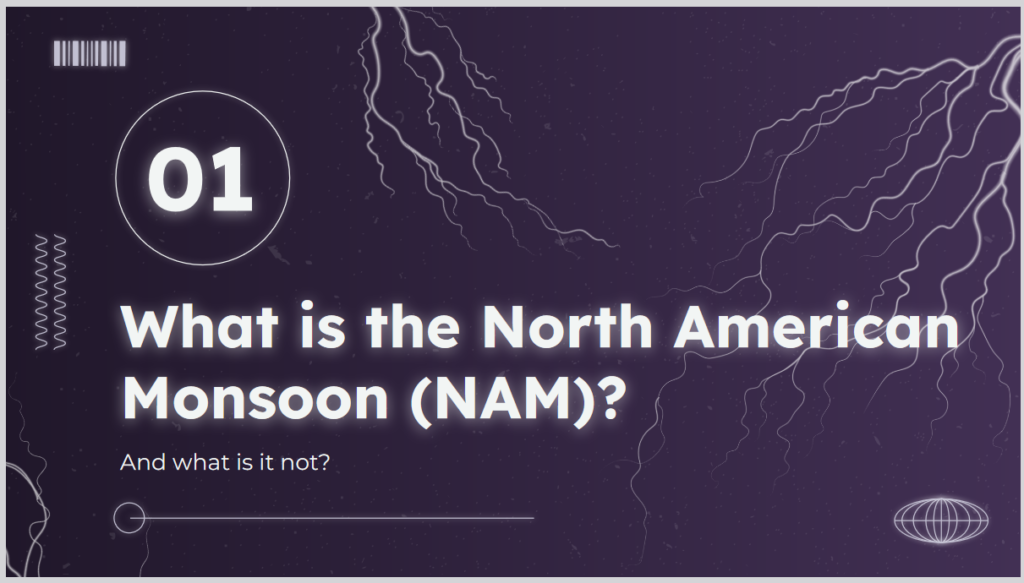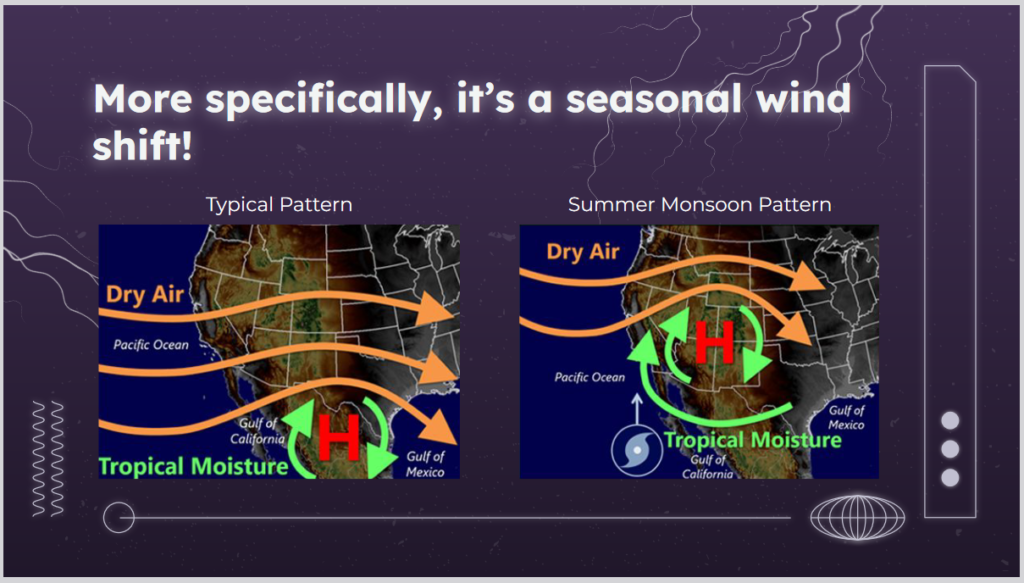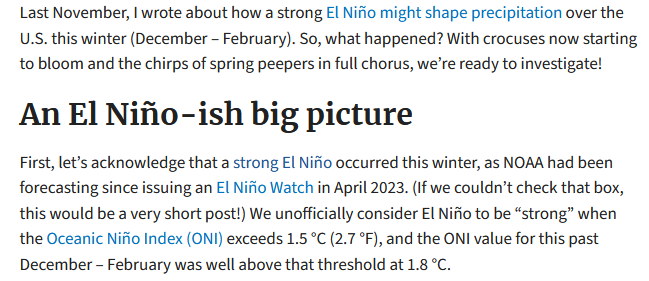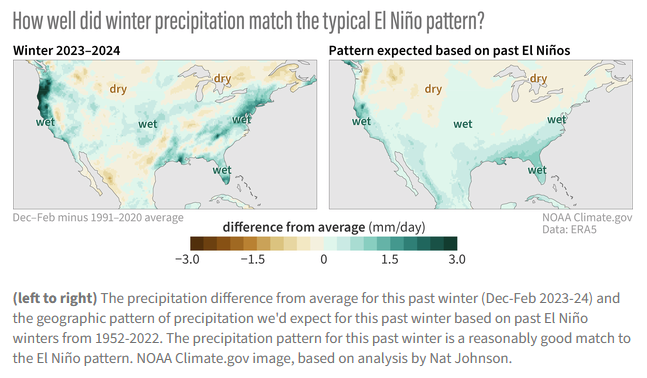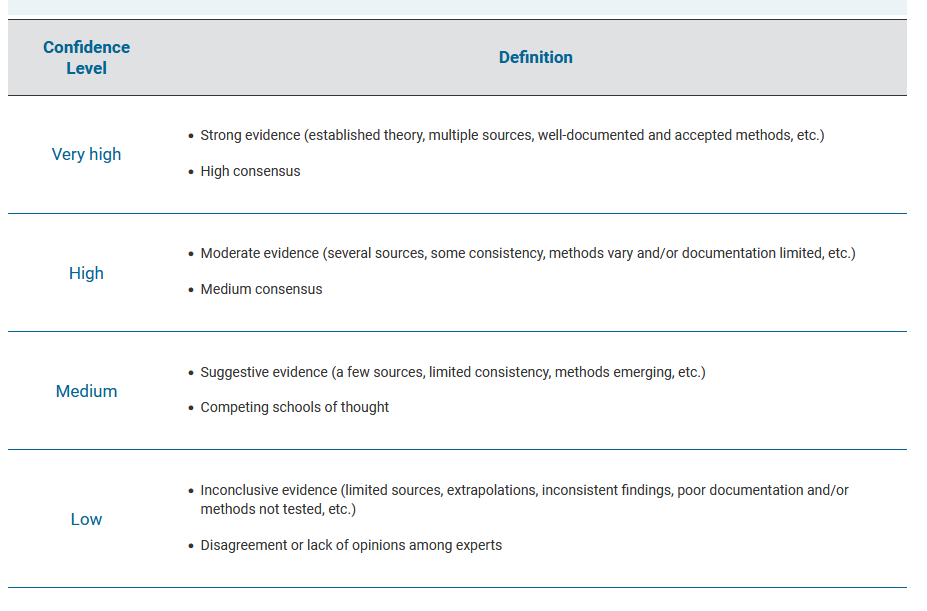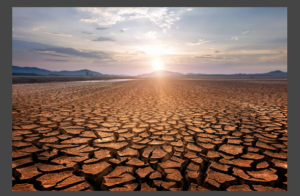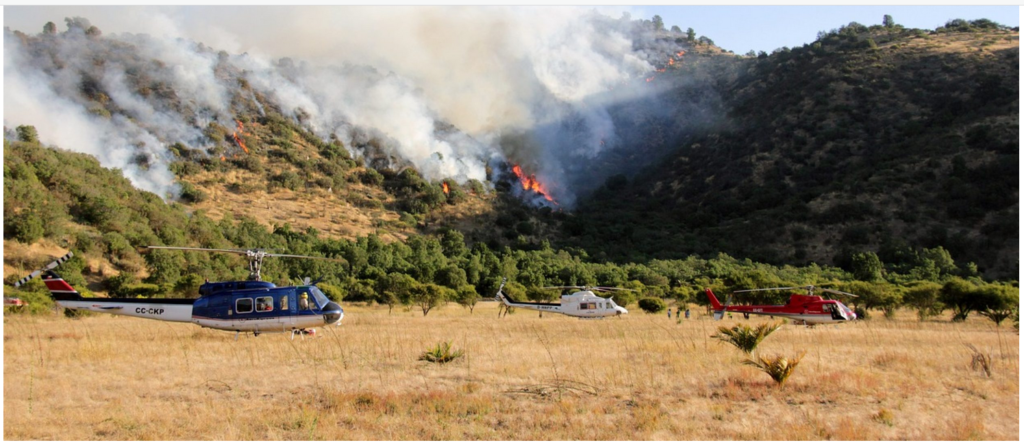Heat Stress Impact on Coral Reefs in the Florida Keys and The Future of Restoration – Posted on May 11, 2024
I do not think we have talked about Ocean Heat Stress before but it is important.

I swapped out the map in this article with another map from a prior article by this author.
I have not had to give readers a warning before but some of the photography might be upsetting. It should be upsetting. The major problem with Global Warming and in this case, the warming of oceans is that Darwin works at one speed and our current rate of Warming exceeds the speed of adaptation. But in the article, a way to assist the survival of the fittest is discussed.
Some Readers may have to click on “Read More” to access the rest of this action-packed article and access the two YouTubes. |





